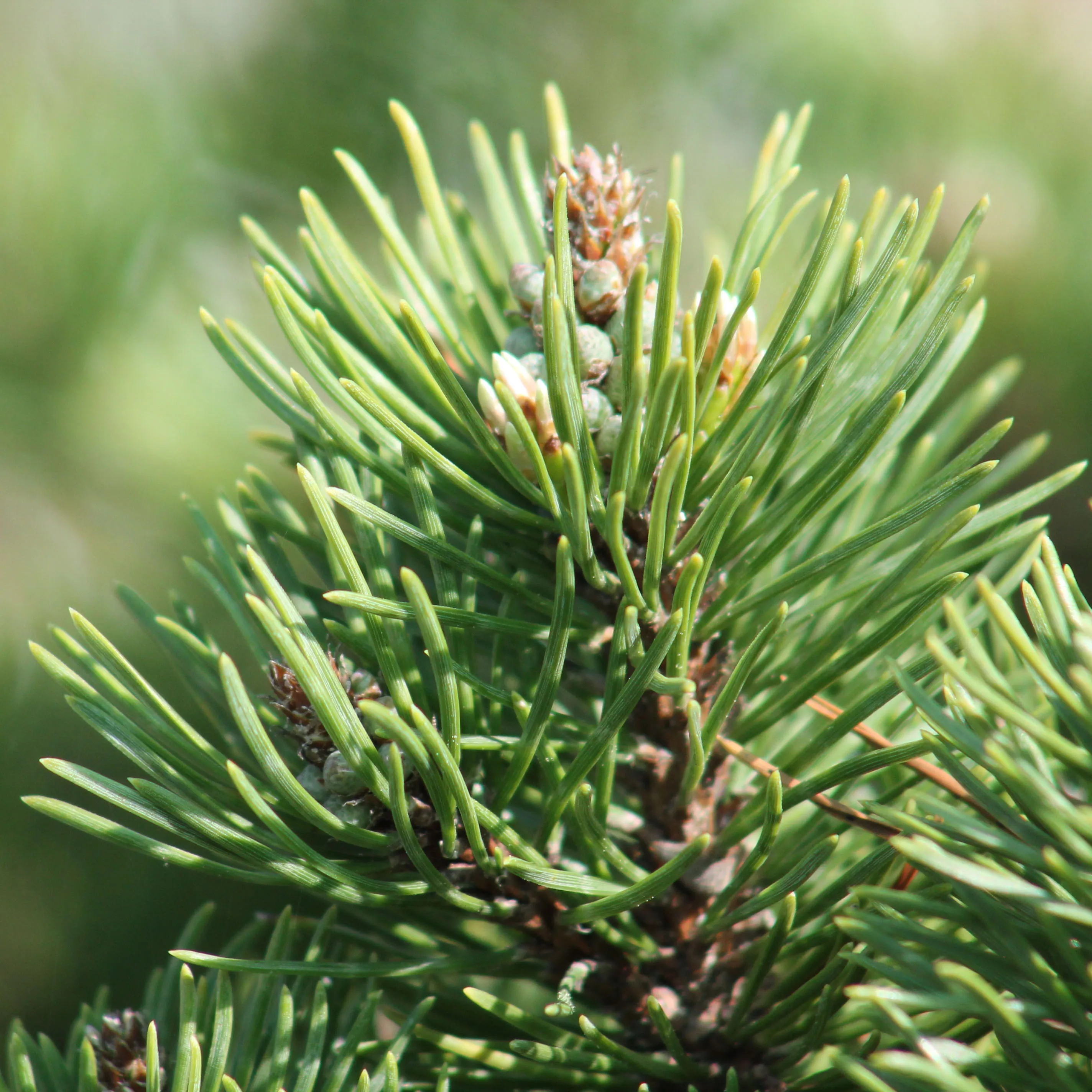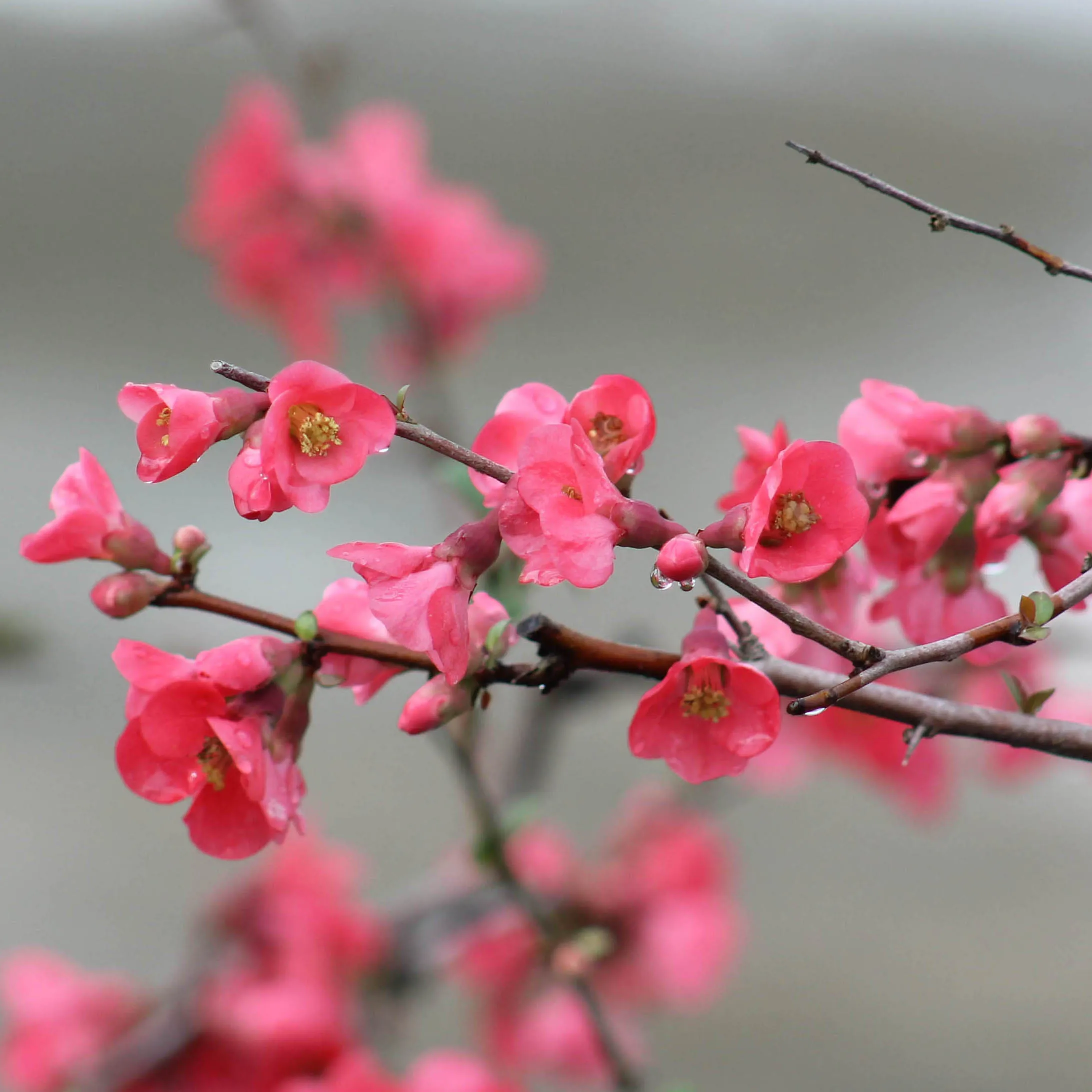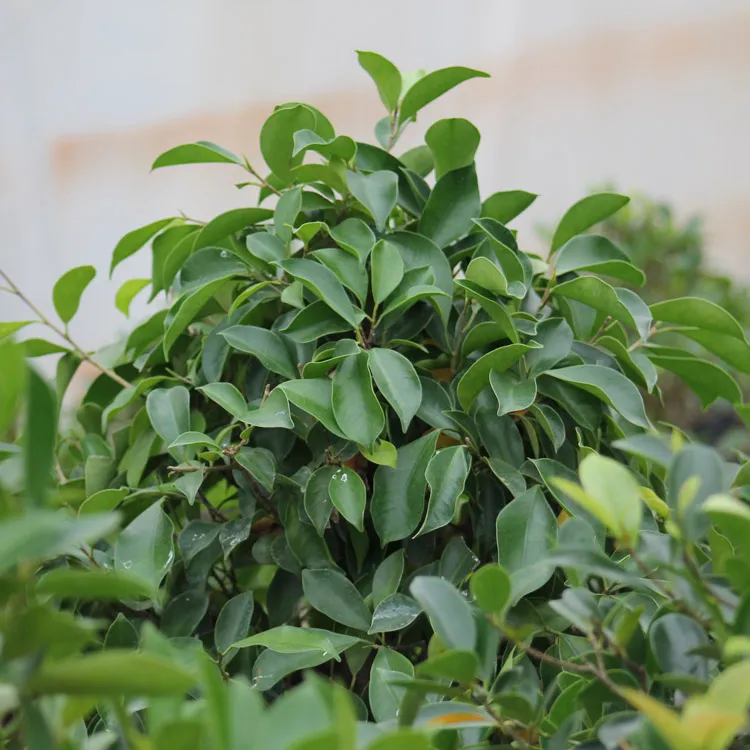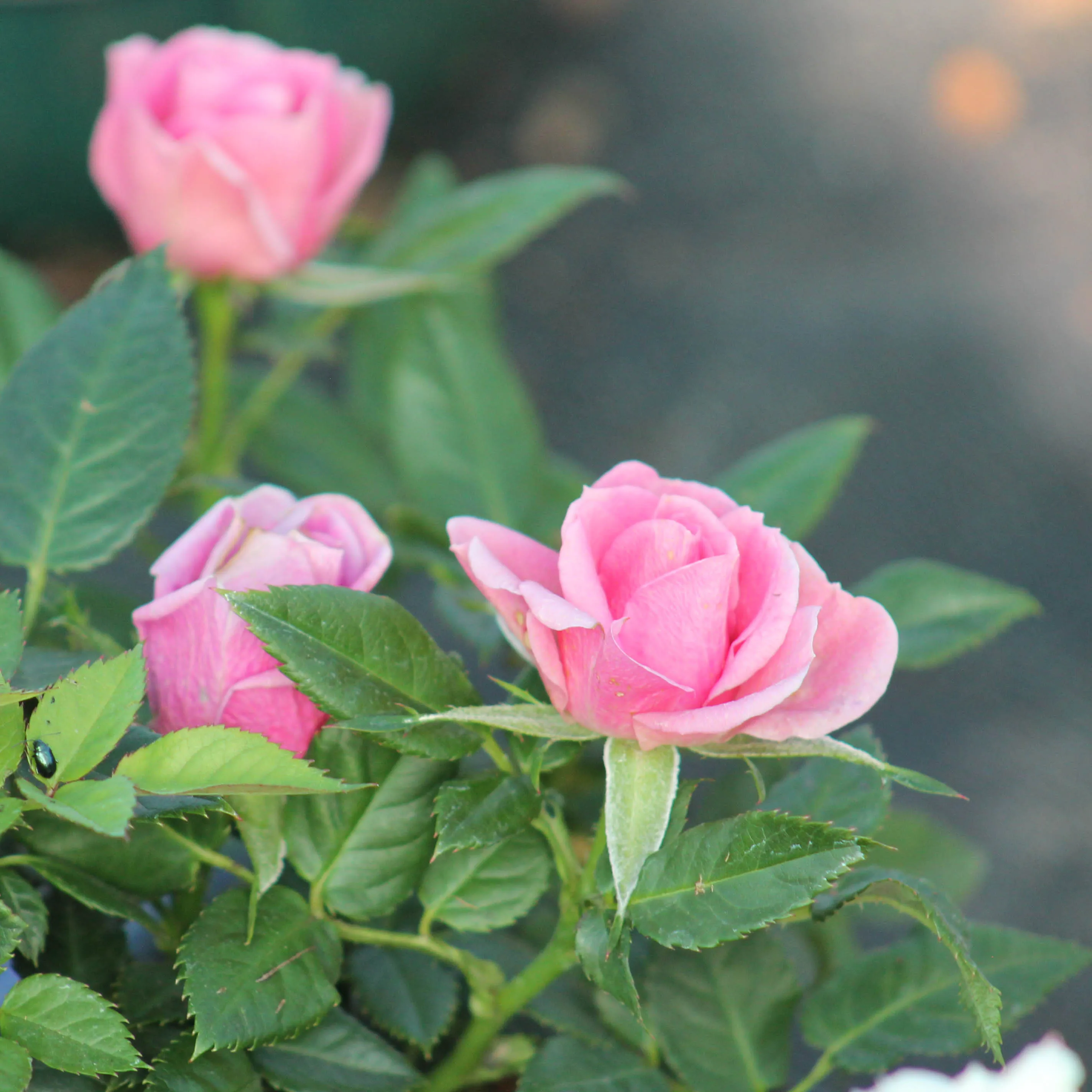Dans son milieu naturel, c’est un arbre de bord de mer de croissance très vigoureuse. On doit l’exposer à l’extérieur en plein soleil. C’est un des arbres qui nécessitent le plus de soleil.
 English
en
English
en
Bonsai
Bonsai pinus thunbergii 2-7
If you're looking for a bonsai that expresses the full power of nature, then Pinus thunbergii is the perfect candidate. For some it evokes a warrior, for others a dragon, it already has its offshoot in place and is just waiting to be refined to become an emblematic piece of your collection.
Japanese black pine in bonsai
In Japan, this pine is considered masculine. In temples it is often presented at the entrance, as a sign of protection. Its vigour, the texture of its bark, the dark colour of its needles, and their rigidity, give it its masculine character.
+ Family: Pinaceae
+ Origin: Japan
+ Deep green needle grouped in pairs
+ Seedlings grown in the ground and then in pots
Growing Tips
The Japanese black pine is what is known as a two-shoot pine because it has such vigor that with proper pinching you can force new buds to appear during the summer.
Location : In its natural environment, it is a very vigorous seaside tree. It should be exposed to outdoor sunlight. It is one of the trees that requires the most sunlight.
Watering : it should be controlled and moderated. Let the root ball dry out a little between waterings to avoid excess moisture. The length of the needles will also depend on your ability to manage watering. Reducing them is a combination of several factors, including reducing watering when they develop. Also, protect Japanese black pine from rains during the candle development period.
Substrate and repotting : in the spring just after the buds start to grow. Choose a well-draining substrate that will avoid stagnant moisture at the roots. Repot every 3 years for black pines in formation, then space them out as they mature and become denser.
Pruning : Always leave needles and buds on a branch you cut back, otherwise it will dry out. Pinching the buds in the spring to balance the forces and reduce the size of the needles.
Fertilization : On a mature bonsai, fertilize only from summer onwards so that you don't have large needles. On a growing black pine that you want to grow or densify, start fertilizing in late spring.
Ligation : during the winter until the beginning of spring so as not to damage the buds and candles. Black pine has a fairly soft wood that is quite easy to tie and allows for fairly free shaping.
How does the delivery work?
We ship bonsai throughout France and neighbouring countries that are part of the EU.
Each bonsai is individually wrapped in a wooden box, with the pot securely attached to avoid any risk of breakage of the pottery or branching.
Depending on the size and/or weight, the shipment is made by La Poste or by specialized carrier (with appointment by SMS).
In order to prevent your bonsai from staying in transit for too long, shipments are never made on weekends or during heat waves.
Feel free to visit our delivery page to find out more.
The + of our bonsai nursery
The bonsai tree you see in the picture is really the one you are going to receive. To find out the dimension, refer to the scale on the side. Each product is unique and we take care to take photos that give you the most accurate preview possible of what you will receive.
All bonsai are produced in our large nursery in Lot-et-Garonne. They are therefore perfectly adapted to the climate of France, which is not always the case with Japanese imports.
We have more than 1000 bonsai trees for sale at the nursery and tens of thousands under cultivation and work. This site is only a meagre representation of our production, but it is impossible for us to put all our stock online. So if you're passing by, don't hesitate to visit us!

 Production of French Bonsai
Production of French Bonsai




































































































